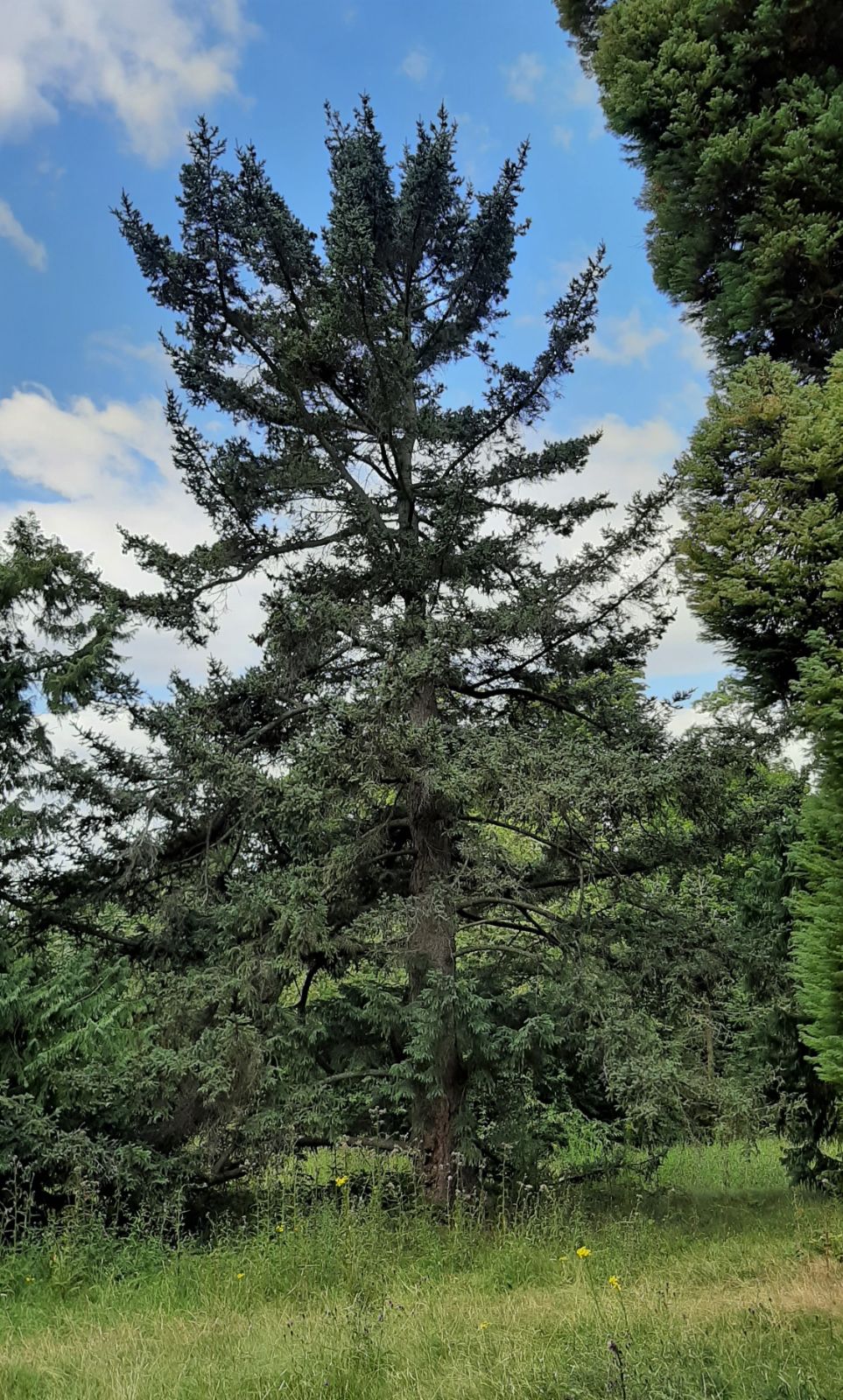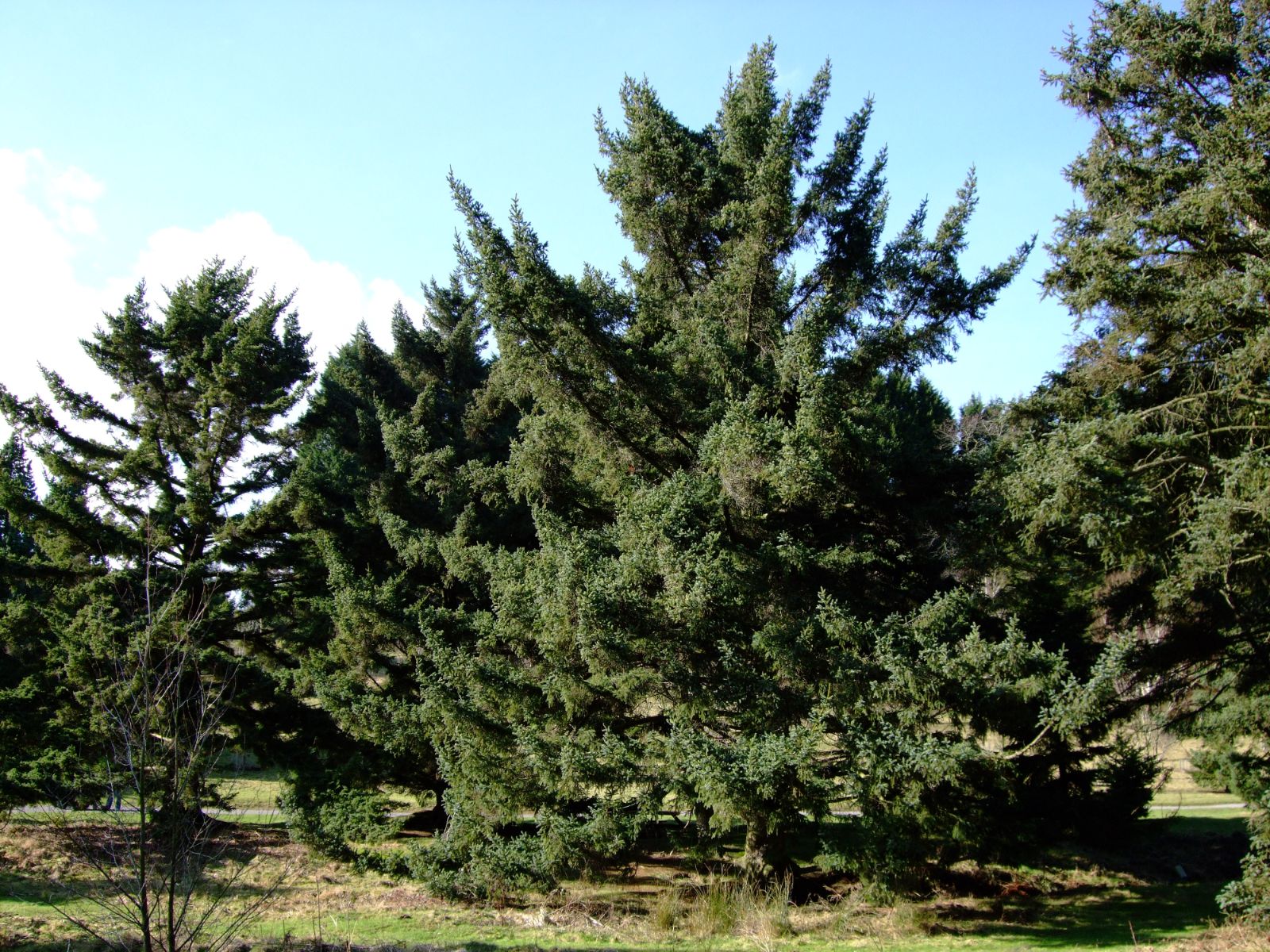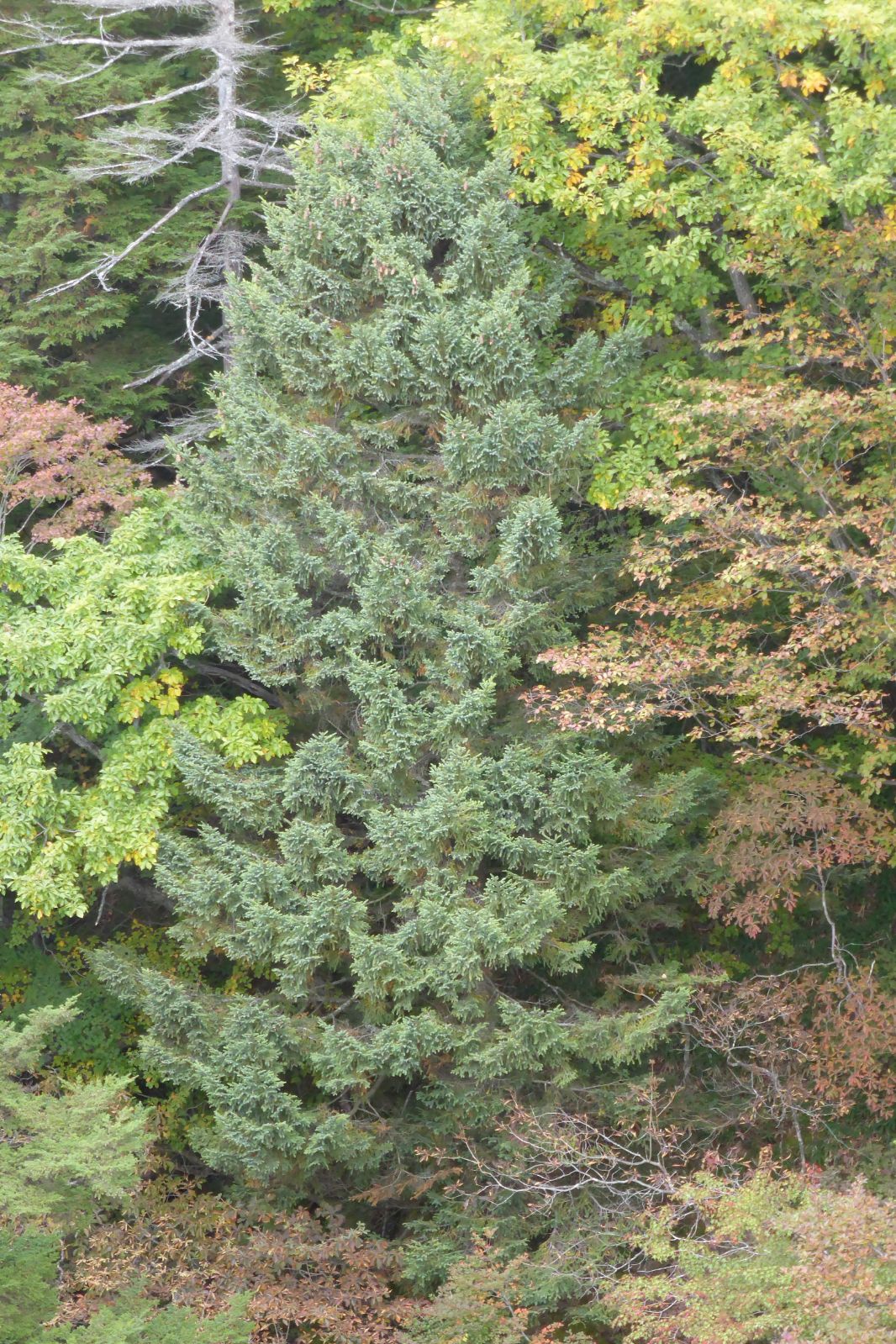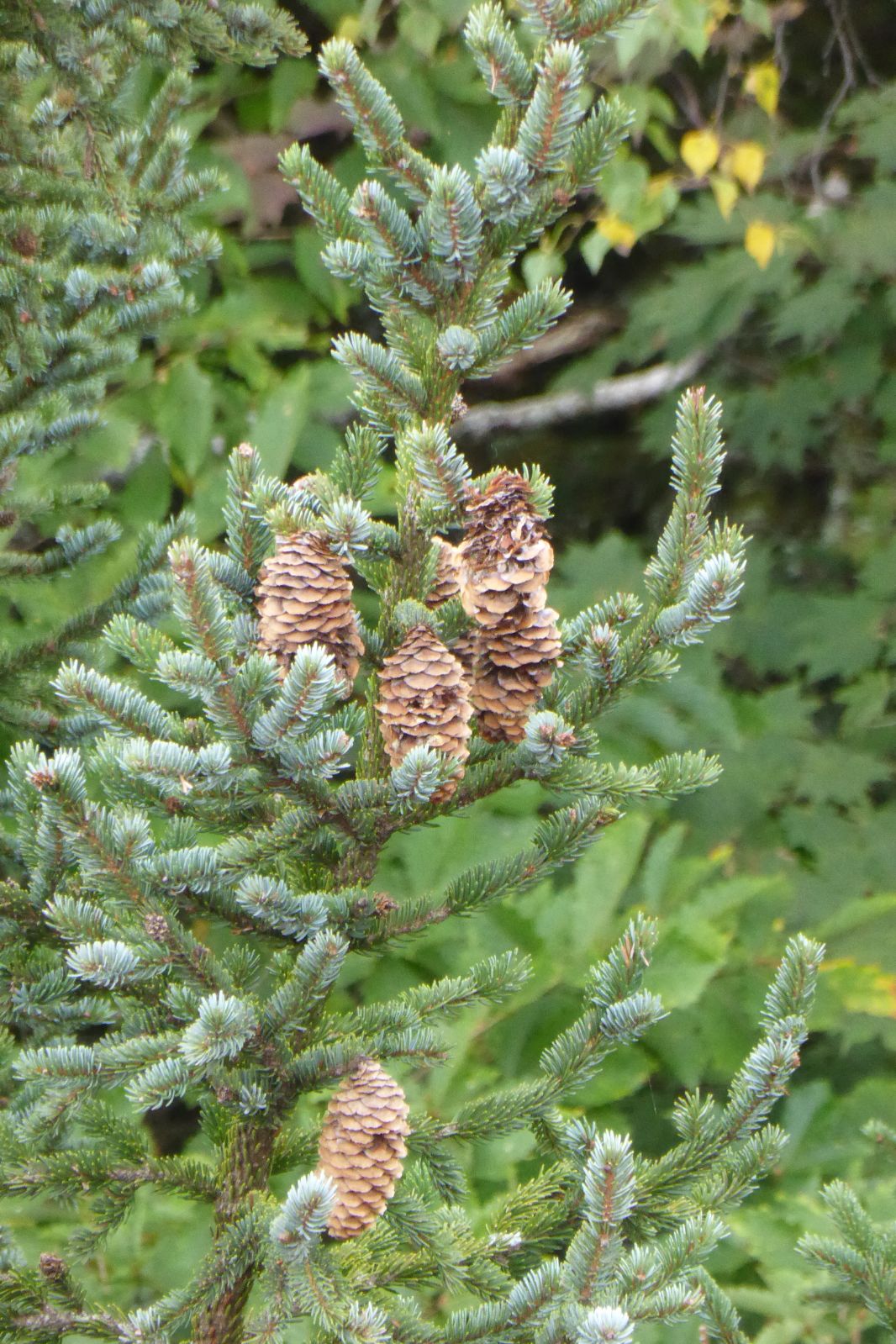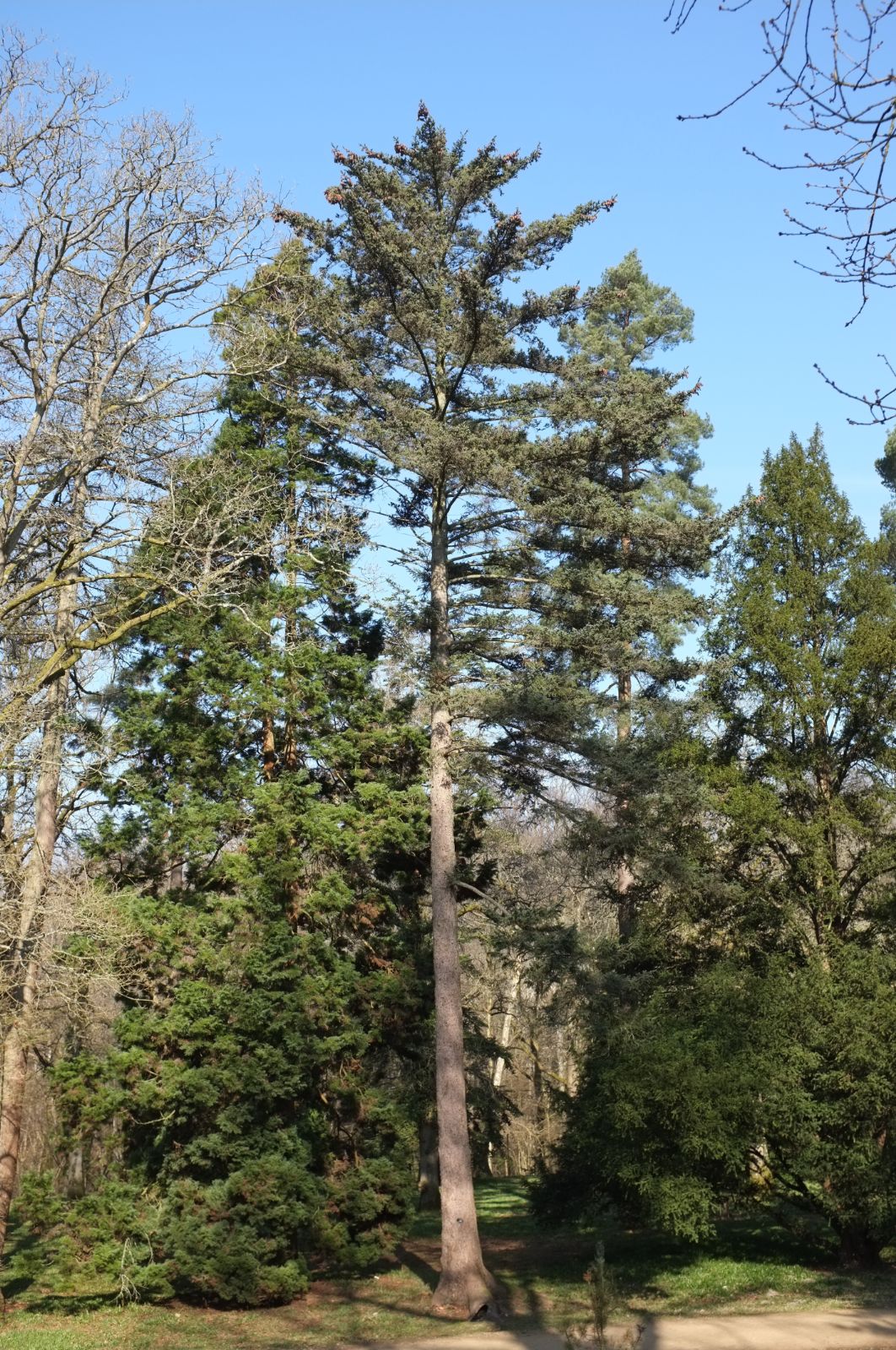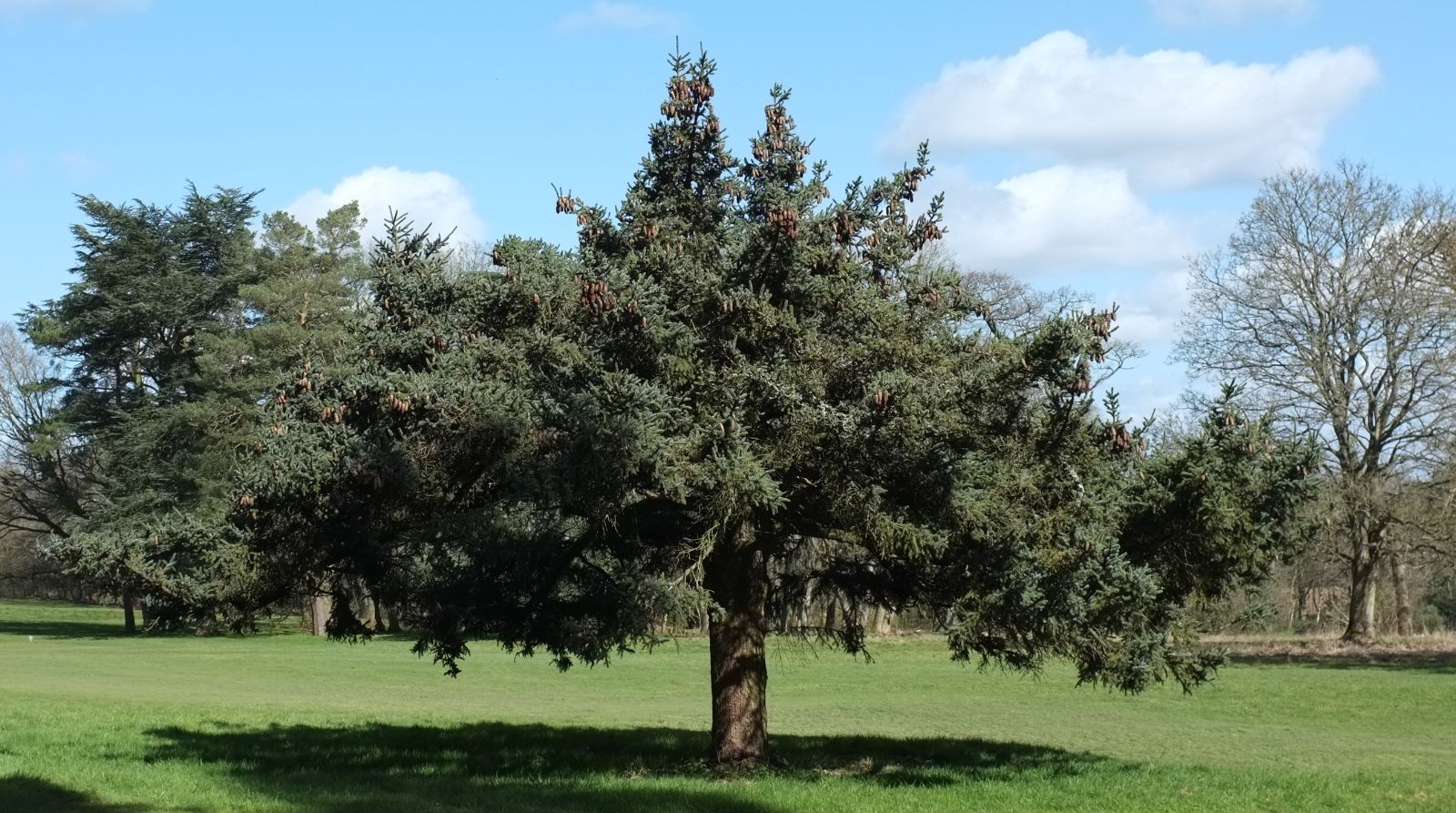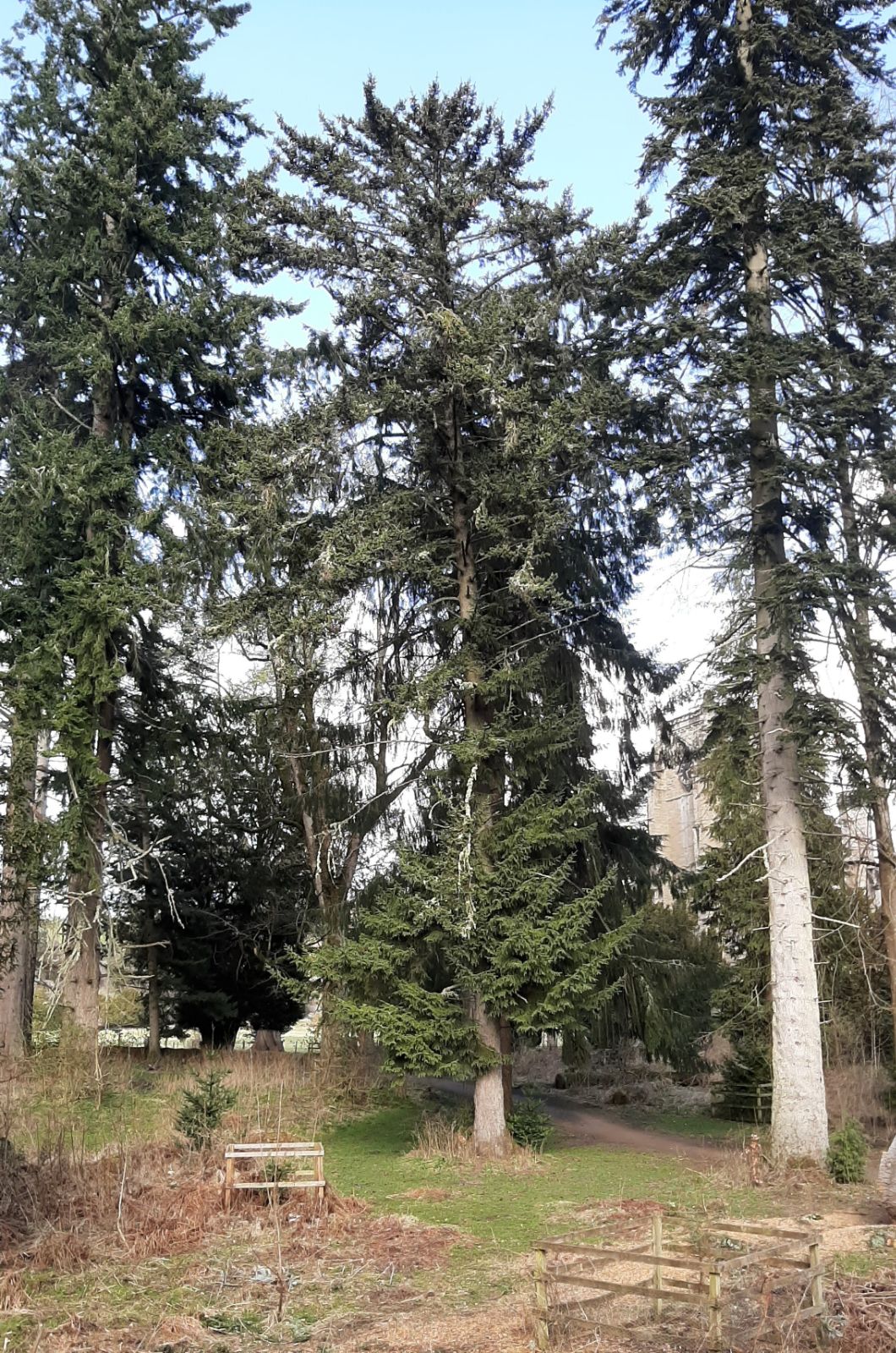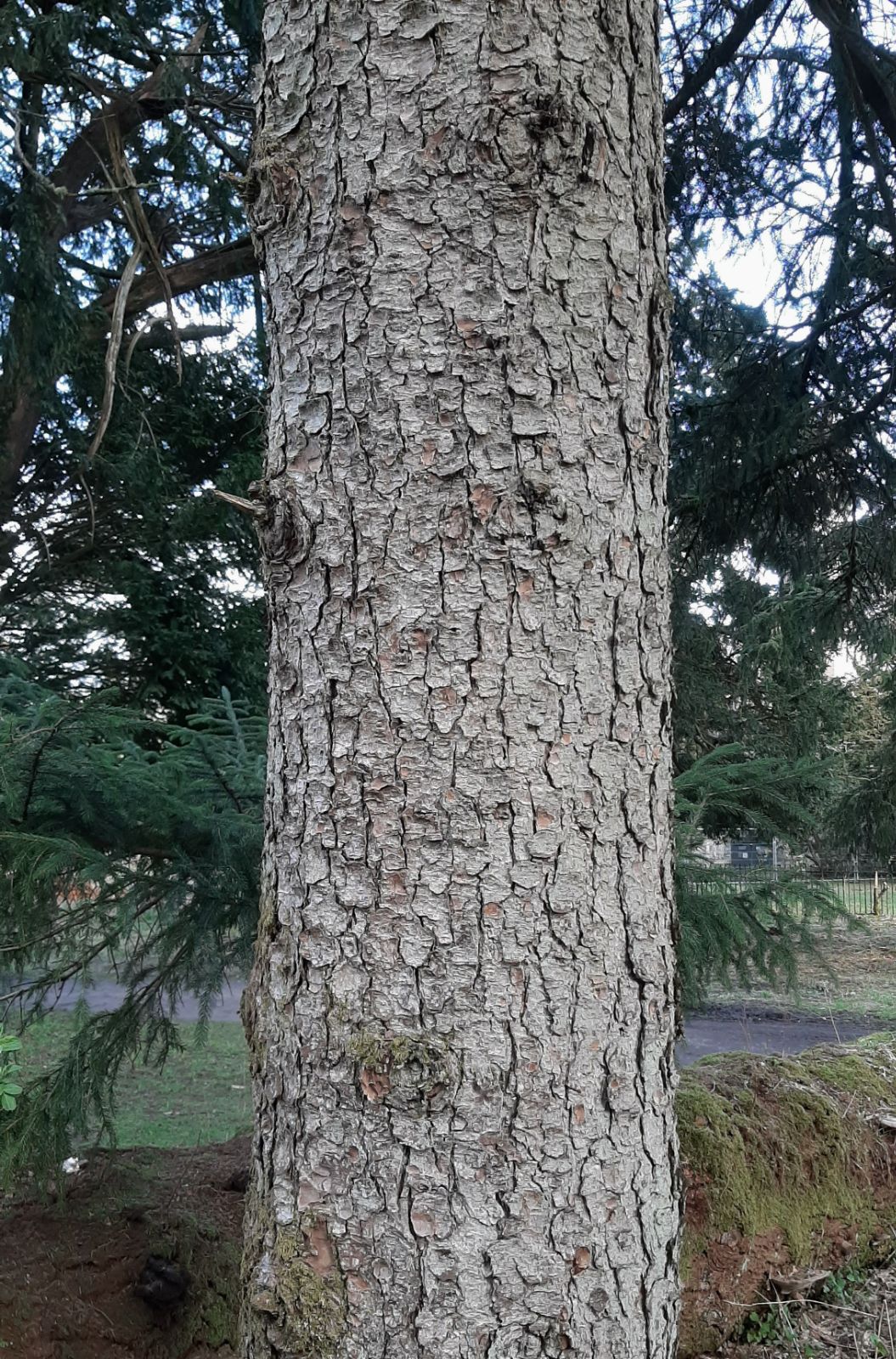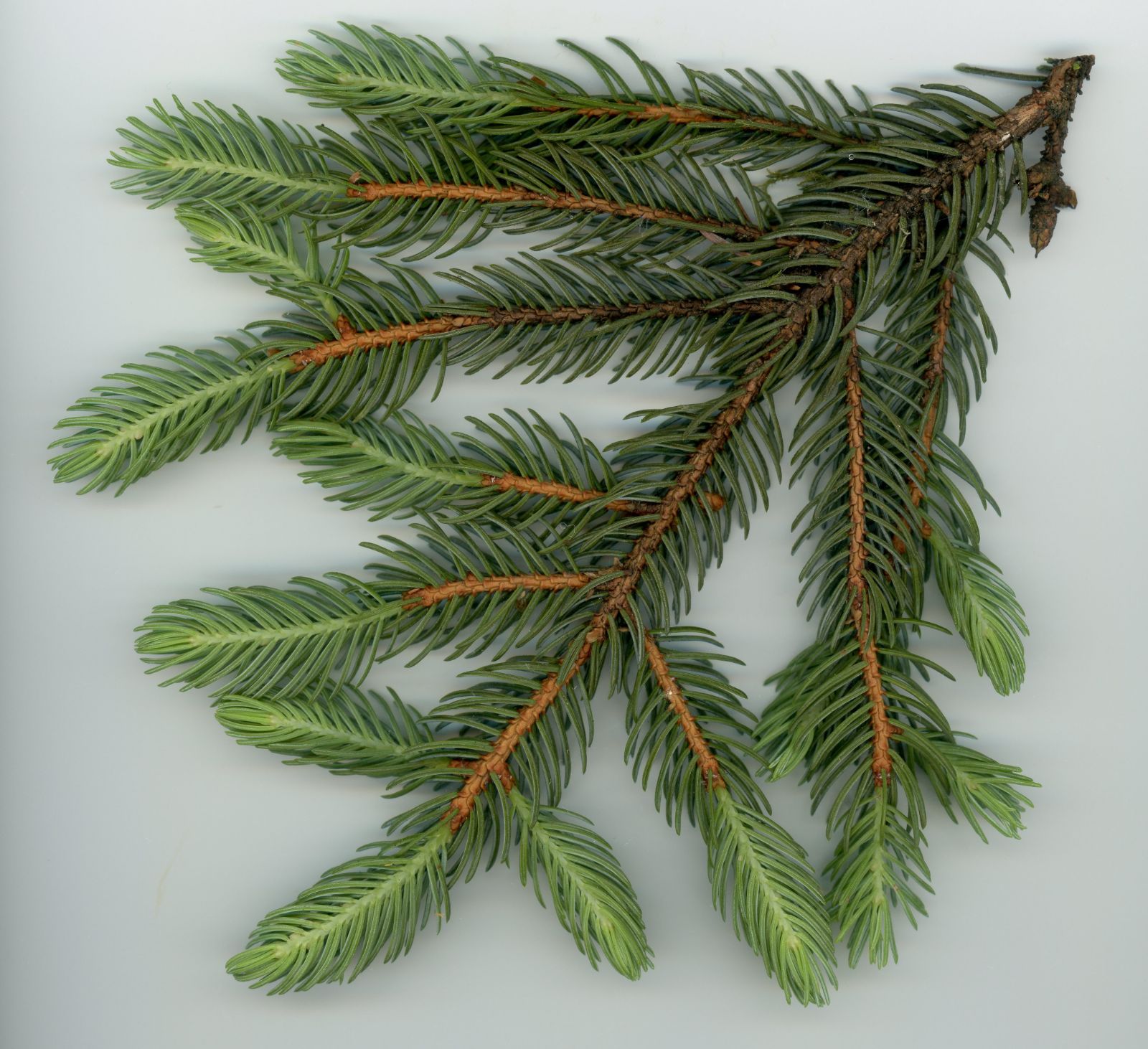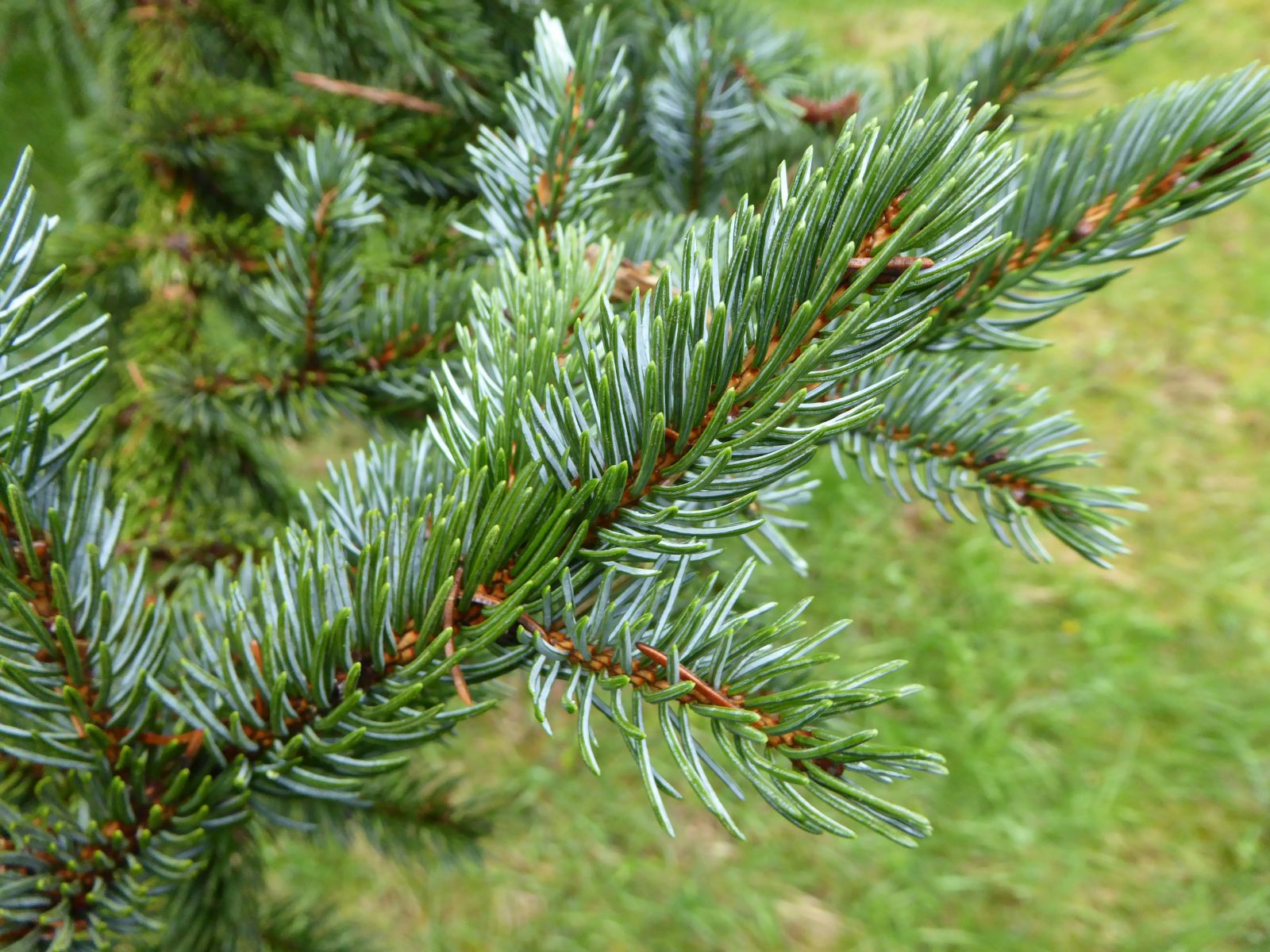Picea alcoquiana
Sponsor
Kindly sponsored by
This genus has been sponsored and new text is being prepared.
Credits
Article from Bean's Trees and Shrubs Hardy in the British Isles
Recommended citation
'Picea alcoquiana' from the website Trees and Shrubs Online (treesandshrubsonline.
Genus
Synonyms
- Abies bicolor Maxim.
- Abies alcocquiana Veitch ex Lindl., in part
- Picea bicolor (Maxim.) Mayr
Infraspecifics
Other taxa in genus
- Picea abies
- Picea asperata
- Picea brachytyla
- Picea breweriana
- Picea chihuahuana
- Picea crassifolia
- Picea engelmannii
- Picea farreri
- Picea glauca
- Picea glehnii
- Picea jezoensis
- Picea koraiensis
- Picea koyamae
- Picea likiangensis
- Picea linzhiensis
- Picea × lutzii
- Picea mariana
- Picea martinezii
- Picea maximowiczii
- Picea meyeri
- Picea morrisonicola
- Picea obovata
- Picea omorika
- Picea orientalis
- Picea polita
- Picea pungens
- Picea retroflexa
- Picea rubens
- Picea schrenkiana
- Picea sitchensis
- Picea smithiana
- Picea spinulosa
- Picea wilsonii
NOTE
In the last edition of Bean this species is discussed under the name Picea bicolor (Maxim.) Mayr. Since then the correct name has been confirmed as P. alcoquiana (H.J. Veitch ex Lindl.) Carrière. The correct name has been updated here pending a full revision of the genus in due course, but the text that follows remains that of Bean. TC 22/07/2020.
A tree up to 80 ft in the wild, with horizontal or slightly ascending branches, forming a broad crown; bark grey or grey-brown, scaly; buds broadly ovoid, obtuse, not or only slightly resinous; young shoots pale brown, glabrous or sometimes downy in the furrows. Leaves pointing forward on the upper part of the shoot, the lower ones more or less horizontal, a few downward pointing, 3⁄8 to 5⁄8 in. long, rather stiff, apex bevelled, acute with a pale horny tip, four-angled, with lines of stomata on all four surfaces, but these are rather more numerous on the lower surface, which is bluish or whitish green, in contrast to the upper (exposed) surface, which is greyish green – hence no doubt the epithet bicolor. Cones 2 to 4 in. long, cylindrical or slightly tapered from the middle, the scales toothed, variable in shape even on the same cone, some broad and rounded, some tending to a triangular outline.
Native of Japan, where it is confined to the mountains of the central part of the main island (Honshu); introduced by J. G. Veitch in 1861. Veitch procured the seeds, and specimens, when he visited Mt Fuji as unofficial botanist on an excursion to the summit led by the British Minister to Yedo (Tokyo), Rutherford Alcock (see Gard. Chron. (1861), pp. 49–50). From the specimens Lindley described Abies alcocquiana, but it later proved that only the cones belonged to the species described here; the leaves were from P. jezoensis, which grows with P. bicolor on the mountain. The seeds too were mixed and produced both species. The confusion was cleared up by Masters in 1880, but in the meantime species described here had been validly named Abies bicolor by Maximowicz. P. jezoensis, the other party to the confusion, is a quite distinct species belonging to the Omorika or flat-leaved section.
P. bicolor is hardy, but rare and of no ornamental merit. Among the largest examples ‘are: Wakehurst Place, Sussex, 71 × 3 ft (1973); Bicton, Devon, 74 × 71⁄2 ft (1968); Melbury, Dorset, 75 × 51⁄4 ft (1971); Scone Palace, Perth, 52 × 6 ft (1970).
From the Supplement (Vol. V)
specimens: Wakehurst Place, Sussex, 80 × 51⁄4 ft (1979); Melbury, Dorset, 75 × 51⁄4 ft (1971); Tottenham House, Wilts., 50 × 53⁄4 ft (1984); Bicton, Devon, 51 × 5 ft (1977); Ardross Castle, Ross, pl. 1900, 66 × 51⁄2 ft (1980).

